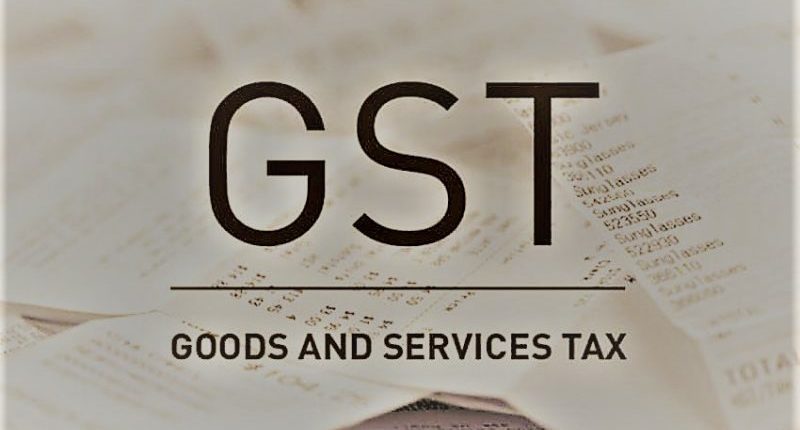The Invoice Registration Portal (IRP) has released a statement to clarify the frequent queries received on Quick responsive (QR) code. The government states that there are two types of QR codes under e-invoicing.
- IRP-generated QR Code on B2B and Export Invoices, Credit and Debit Notes
- Self-generated Dynamic QR Code on B2C Invoices
This article explains the statement released by the IRP regarding QR codes.
IRP-generated QR Code on B2B and Export Invoices, Credit and Debit Notes
The government notified Rule 48(4) under CGST Rules vide Notification No. 68/2019 (Central Tax) on 13 December 2019. This rule states that the registered individuals to whom e-invoicing is applicable have to prepare an invoice and upload the same on IRP in case of B2B and export supplies. Upon uploading the details, the taxpayer will get Invoice Reference Number (IRN) and a QR Code which contains vital particulars of the invoice, including IRN.
The IRP clarified that, even though the IRN need not be printed on the invoice, the QR code generated by IRP shall be printed on the invoice issued to the buyer. It also clarified that printing of QR code on separate paper is not allowed. While the printed QR code should be clear enough to be readable by a QR Code reader, the size and its placing on the invoice are up to the preference of the businesses.
Also Read: How Can Your Organisation Decide Which Type of e-Invoicing Integration to Opt For?
Self-generated Dynamic QR Code on B2C Invoices
The government issued a separate Notification No. 14/2020 (Central Tax) on 21 March 2020 which specifies that the entities with aggregate turnover more than Rs.500 crore in a previous financial year have to include QR code on their B2C invoices. It was also specified that a Dynamic QR code made available to the buyer through the digital display with payment cross-reference should be deemed to be having QR code.
The QR Code is to be generated by the supplier, and it has to be generated either on the Point of Sale (PoS) machine or the invoice issued. The purpose of this notification is to enable and encourage digital payments where the buyer can scan the dynamic QR code and make the payment from mobile wallet directly.
Nowadays, many shops have static QR code at the payment counter, which is scanned by the buyer. However, the buyer has to enter the amount to be paid in the mobile app to complete the payment. Whereas, the dynamic QR code, will have the payment details and thus ‘scan and pay’ in one go will be possible.
This requirement has no relevance or connection with e-invoicing mandated for B2B supplies and exports by a notified class of taxpayers.
This clarification is much needed as the implementation date of e-invoicing is not so far away. Also, this clarification clears doubts in the minds of taxpayers about the applicability of two different types of QR codes and how they have to prepare them.
For any clarifications/feedback on the topic, please contact the writer at dvsr.anjaneyulu@cleartax.in
DVSR Anjaneyulu known as AJ, is a Chartered Accountant by profession. Loves to listening to music & spending time with family and friends.





